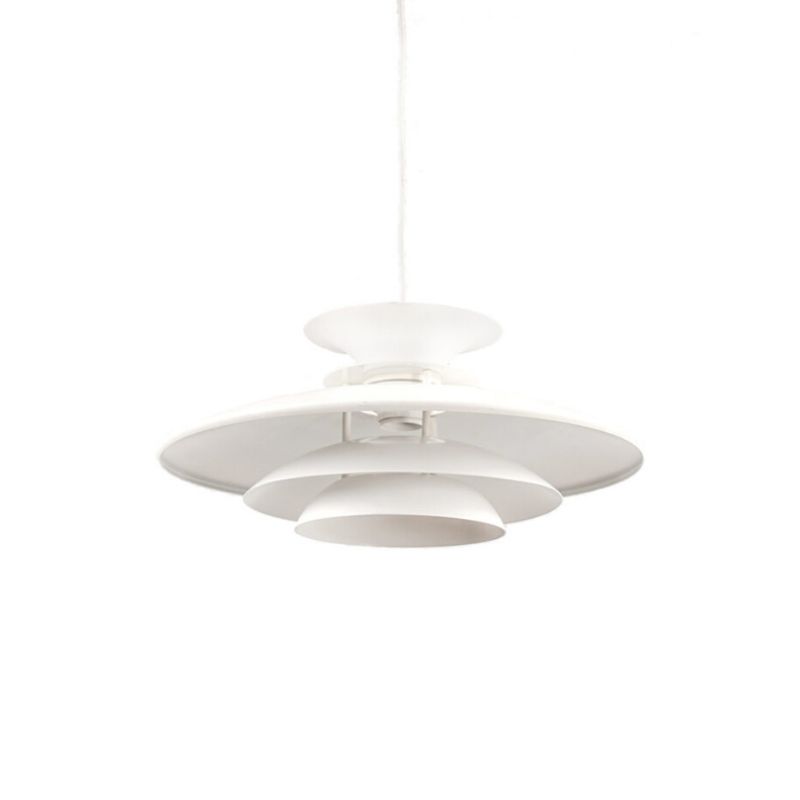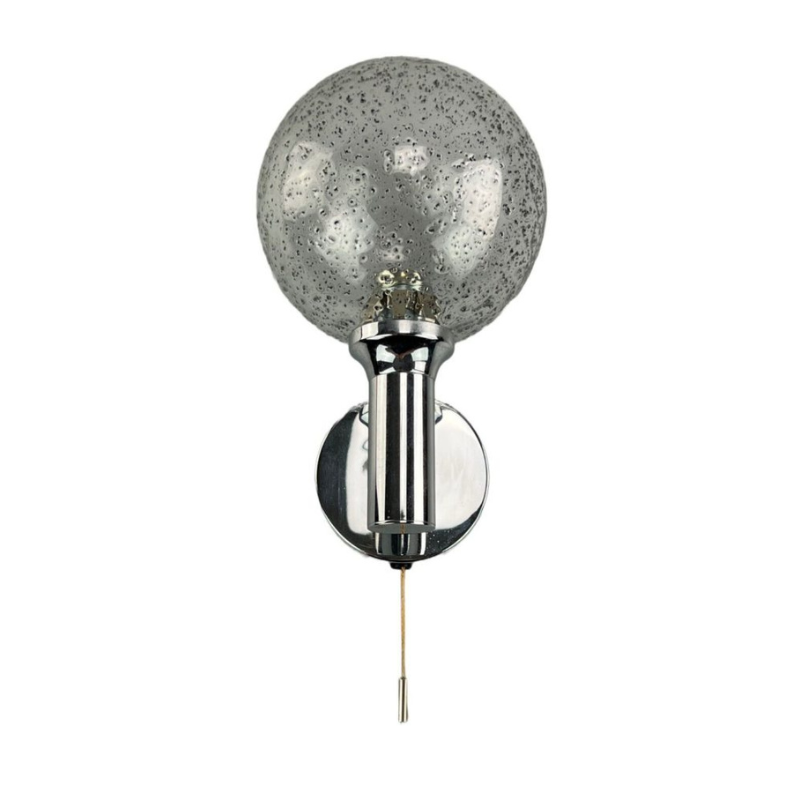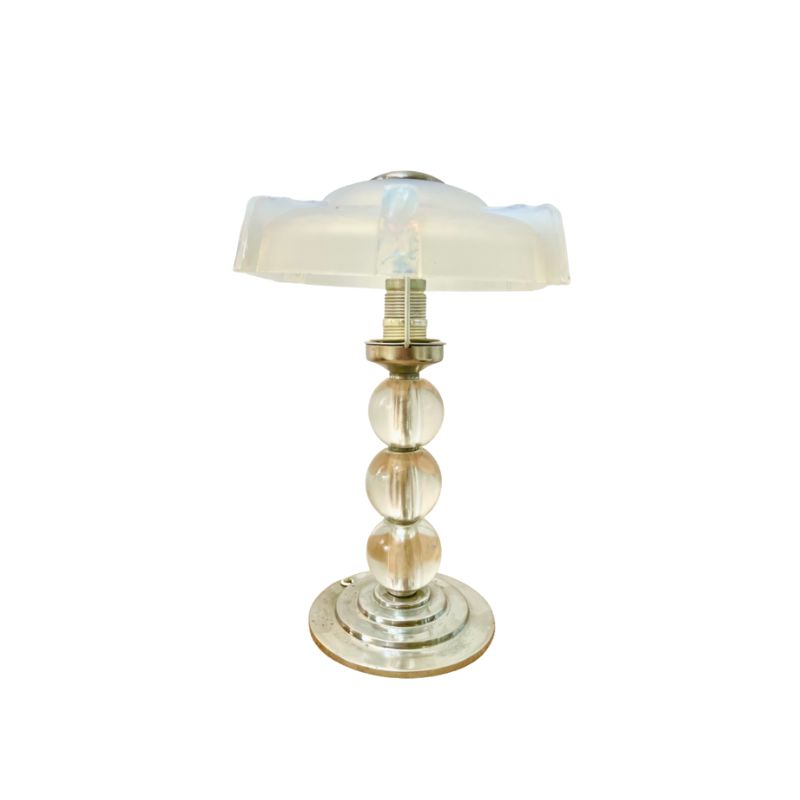About Me
Pressure-treated plywood is a material commonly used to enclose pier and beam foundations. Its many benefits include: Resistance to wet and dry rot. Resistance to harmful insects such as termites and carpenter ants.
What Is a Pier and Beam Foundation?
Pier and beam design features deep concrete footings to which piers are attached or, in some cases, piles drilled deep into the ground. Beams are connected to the top of the piers so they are above the ground. The floor joists then sit directly on the beams.
Enclosing a pier and beam foundation is an excellent way to protect your home from moisture, pests, and improve its overall aesthetics. By creating an enclosed space, you can also utilize it for additional storage or even convert it into a livable area.
Also Read: How to Make Stairs Less Creaky
Materials and Tools Needed:
Pressure-treated lumber
Plywood sheets
Exterior-grade sheathing
Insulation (optional)
Nails and screws
Waterproofing membrane
Hammer
Circular saw or table saw
Tape measure
Level
Drill
Caulk and caulk gun
Paint or stain (optional)
Safety goggles
Work gloves
Step 1: Preparation and Planning
Before starting the enclosure process, inspect the foundation for any existing damage, rot, or termites. Address any issues before proceeding. Next, measure the perimeter of the foundation to determine the amount of material needed. Create a detailed plan, considering access points, windows, and ventilation needs.
Step 2: Frame Construction
Start by building a wooden frame around the perimeter of the foundation. Use pressure-treated lumber to prevent decay. Secure the vertical studs to the foundation using galvanized brackets or anchor bolts. Ensure the frame is level and square by using a tape measure and level.
Step 3: Wall Assembly
Attach plywood sheets or exterior-grade sheathing to the frame to create the walls. Cut the sheets to the appropriate size using a circular saw or table saw. Nail or screw the sheathing to the frame, ensuring a secure attachment. Leave spaces for windows and doors if desired.
Step 4: Insulation (optional)
To enhance energy efficiency, you can install insulation between the frame studs. Use insulation appropriate for your climate and secure it using staples or adhesive.
Step 5: Waterproofing
To protect the enclosed space from moisture, apply a waterproofing membrane to the exterior of the sheathing. This membrane acts as a barrier against water intrusion. Follow the manufacturer's instructions for proper application.
Step 6: Windows and Doors
If you plan to include windows or doors, carefully measure and cut openings in the sheathing. Install the windows and doors according to the manufacturer's instructions. Seal around the openings with caulk to prevent air and water leaks.
Step 7: Ventilation
Ensure proper ventilation to prevent moisture buildup and maintain air quality within the enclosed space. Install vents or fans strategically to promote airflow. This step is crucial to prevent mold and mildew growth.
Step 8: Finishing Touches
Inspect the enclosure for any gaps or seams and caulk them to ensure a tight seal. Consider painting or staining the exterior to match your home's aesthetics and protect the wood from the elements. Follow the manufacturer's instructions for your chosen paint or stain.
Also Read: Folding Windows Cost
Pros of Enclosed Pier and Beam Foundation
When it comes to building a solid foundation for a structure, the choice of foundation type is crucial. One popular option that offers numerous advantages is the enclosed pier and beam foundation.
Enhanced Stability and Structural Support:
Enclosed pier and beam foundations provide exceptional stability and structural support. This type of foundation consists of concrete piers placed deep into the ground, supporting wooden beams that form the base of the structure. By distributing the weight of the building evenly across multiple piers, this foundation minimizes the risk of settling and ensures long-term structural integrity.
Adaptability to Different Terrains:
One of the significant advantages of enclosed pier and beam foundations is their adaptability to various types of terrains. Unlike concrete slab foundations that require extensive excavation and leveling, pier and beam foundations can be built on uneven or sloping ground. This flexibility makes them an ideal choice for construction in areas with challenging landscapes.
Moisture Control and Prevention of Damage:
Another key benefit of enclosed pier and beam foundations is their ability to control moisture and prevent damage. The raised structure allows for proper ventilation and the installation of a moisture barrier, mitigating the risk of moisture seepage into the building. This feature is particularly advantageous in areas prone to high humidity, heavy rainfall, or flooding, as it reduces the likelihood of mold, rot, and other moisture-related problems.
Easy Access for Maintenance and Repairs:
Enclosed pier and beam foundations offer easy access to the underlying systems, making maintenance and repairs more convenient. The elevated design allows for straightforward inspection and servicing of plumbing, electrical wiring, and HVAC systems. In the event of any issues, repairs can be carried out more efficiently without the need for extensive excavation, reducing costs and minimizing disruption to the structure.
Energy Efficiency:
Enclosed pier and beam foundations contribute to enhanced energy efficiency in buildings. The space between the ground and the raised floor provides insulation, reducing heat transfer and improving the overall energy performance.
This insulation feature helps maintain a comfortable indoor temperature, reducing the reliance on heating and cooling systems and resulting in lower energy consumption and utility costs.
Design Flexibility and Future Modifications:
With enclosed pier and beam foundations, there is greater design flexibility and the potential for future modifications. The structural framework allows for customizable layouts and alterations, accommodating changes in the building's footprint, interior layout, or additional levels. This adaptability is beneficial for both residential and commercial constructions, enabling homeowners and businesses to adapt their spaces to evolving needs over time.
Also Read: How Much Is It to Level a House
If you need any help, please contact us at – info@designaddict.com









